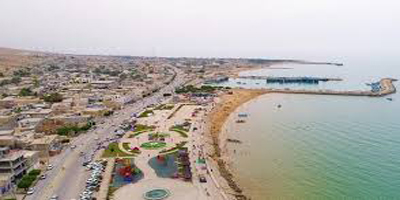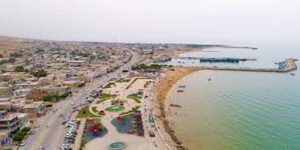بهره برداری از دهکده بزرگ گردشگری کنگان


تکمیل و بهرهبرداری دهکده گردشگری کنگان استان بوشهر میتواند میزان ورود گردشگران داخلی و خارجی به این منطقه را افزایش دهد.
به گفته حمید بردستانی، مدیرکل دفتر امور شهری و شوراهای استانداری بوشهر، دهکده بزرگ گردشگری کنگان تا بهمنماه تکمیل شود.
وی گفت که در حوزه گردشگری شهرستان کنگان ظرفیتهای بسیار خوبی وجود دارد که باید به خوبی معرفی شوند.
او در ادامه خاطرنشان کرد که از نقاط مثبت گردشگری بندر کنگان دسترسی آسان به دریا، واقع شدن در نقطه میانی محور گناوه به قشم و کیش و برخورداری از پنج کیلومتری ساحل ماسهای است.
مدیرکل دفتر امور شهری و شوراهای استانداری بوشهر با اشاره به قرار گرفتن دهکده گردشگری کنگان در نقطه ابتدایی بزرگراه وفاق افزود:شهرداری باید حداکثر تا بهمن ماه با تمامی امکانات برنامهریزی شده، دهکده گردشگری هشت هکتاری کنگان را به اتمام برساند.
به گفته این مقام مسئول ساحل ماسهای، جتاسکی استاندارد، ۵۰۰ پارکینگ، سرویسهای بهداشتی و امکانات متنوع دیگری پیش بینی شده است که میتواند برای گردشگران جذابیت بالایی داشته باشد.
بردستانی بیان کرد که از اولویتهای استان بوشهر توسعه گردشگری در مناطق شهری و روستایی است و اقدامات ارزشمندی در این راستا انجام شده است.
وی ادامه داد: در شهرهای ۳۸ گانه استان کیفیت بخشی به پروژههای عمرانی مورد تاکید است و برای تحقق این مهم با نظارت و بازرسی دقیق تلاش میکنیم.
مجله اینترنتی گردشگری سپاهان (کوله)
طیبه فلاحتی

